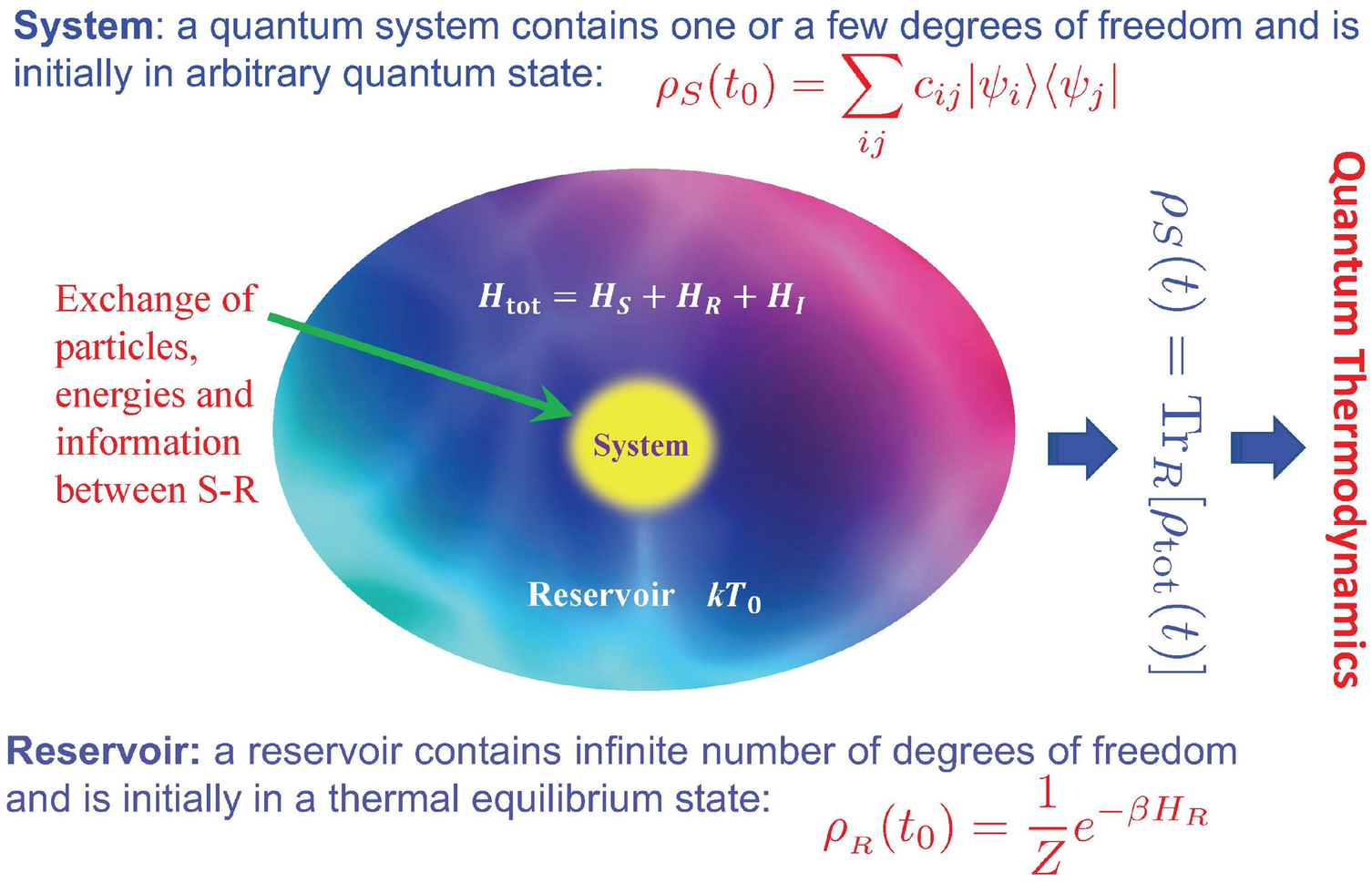


.jpg)
A bus is more efficient at translating fuel into motion of passengers than a car. Also, its practical application is quickly showing that scale increases efficiency. Which means it is impossible to build a perpetual motion machine. Planck's law describes the unique and characteristic spectral distribution for electromagnetic radiation in thermodynamic equilibrium, when there is no net flow of matter or energy.It is essential for energy efficiency as it describes why any transfer of one form of energy into another will always incur loss. Then, for a particular spectral increment, the particular physical energy increment may be written In order to convert the corresponding forms so that they express the same quantity in the same units we multiply by the spectral increment. Introduction of a minus sign can indicate that an increment of frequency corresponds with decrement of wavelength. This is so whether it is expressed in terms of an increment of frequency, d ν, or, correspondingly, of wavelength, d λ. Wavelength and frequency units are reciprocal.Ĭorresponding forms of expression are related because they express one and the same physical fact: for a particular physical spectral increment, a corresponding particular physical energy increment is radiated. In general, one may not convert between the various forms of Planck's law simply by substituting one variable for another, because this would not take into account that the different forms have different units. independent of direction), the power emitted at an angle to the normal is proportional to the projected area, and therefore to the cosine of that angle as per Lambert's cosine law, and is unpolarized.Ĭorrespondence between spectral variable forms ĭifferent spectral variables require different corresponding forms of expression of the law. These distributions represent the spectral radiance of blackbodies-the power emitted from the emitting surface, per unit projected area of emitting surface, per unit solid angle, per spectral unit (frequency, wavelength, wavenumber or their angular equivalents). This discovery was a pioneering insight of modern physics and is of fundamental importance to quantum theory.ī λ ( λ, T ) = 2 h c 2 λ 5 1 e h c λ k B T − 1, This resolved the problem of the ultraviolet catastrophe predicted by classical physics. In 1900, German physicist Max Planck heuristically derived a formula for the observed spectrum by assuming that a hypothetical electrically charged oscillator in a cavity that contained black-body radiation could only change its energy in a minimal increment, E, that was proportional to the frequency of its associated electromagnetic wave. Īt the end of the 19th century, physicists were unable to explain why the observed spectrum of black-body radiation, which by then had been accurately measured, diverged significantly at higher frequencies from that predicted by existing theories. In physics, Planck's law describes the spectral density of electromagnetic radiation emitted by a black body in thermal equilibrium at a given temperature T, when there is no net flow of matter or energy between the body and its environment.


 0 kommentar(er)
0 kommentar(er)
